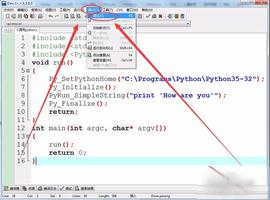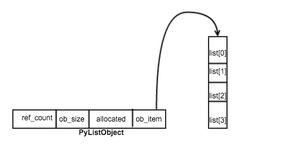如何使用python中的列表进行数学运算?
我们不仅使用列表来存储值的集合,还使用它来执行一些数学计算或操作。
例子1
import mathdata = 21.6
print('The floor of 21.6 is:', math.floor(data))
输出结果
The floor of 21.6 is: 21
如何计算列表的加权平均值
例子2
cost = [0.424, 0.4221, 0.4185, 0.4132, 0.413]cases = [10, 20, 30, 40, 50]
cost = [23, 10, 5, 32, 41]
weight= [10, 20, 30, 40, 50]
for i in range(len(cost)):
cost[c] = (cost[i] * weight[i] / sum(weight))
cost = sum(cost)
print(cost)
输出结果
72.84444444444445
例子3
import mathdegree = 180
radian = math.radians(degree)
print('The given angle is :', radian )
print('sin(x) is :', math.sin(radian ))
print('cos(x) is :', math.cos(radian ))
print('tan(x) is :', math.tan(radian ))
输出结果
The given angle is : 3.141592653589793sin(x) is : 1.2246467991473532e-16
cos(x) is : -1.0
tan(x) is : -1.2246467991473532e-16
以下是一些Python数学函数
ceil(x):返回大于或等于x的最小整数值。
copysign(x,y):返回带有y符号的x
fabs(x):返回x的绝对值
factorial(x):返回x的阶乘
floor(x):返回小于或等于x的最大整数
fmod(x,y):当x除以y时返回余数
frexp(x):返回x的尾数和指数作为对(m,e)
fsum(iterable):返回iterable中值的准确浮点和
isfinite(x):如果x既不是无穷大也不是NaN(不是数字),则返回True
isinf(x):如果x是正无穷大或负无穷大,则返回True
isnan(x):如果x是NaN,则返回True
ldexp(x,i):返回x *(2 ** i)
modf(x):返回x的小数和整数部分
trunc(x):返回x的截断整数值
exp(x):返回e ** x
expm1(x):传回e ** x – 1
log(x [,base]):返回x的对数为底(默认为e)
log1p(x):返回1 + x的自然对数
log2(x):返回x的以2为底的对数
以上是 如何使用python中的列表进行数学运算? 的全部内容, 来源链接: utcz.com/z/341114.html







